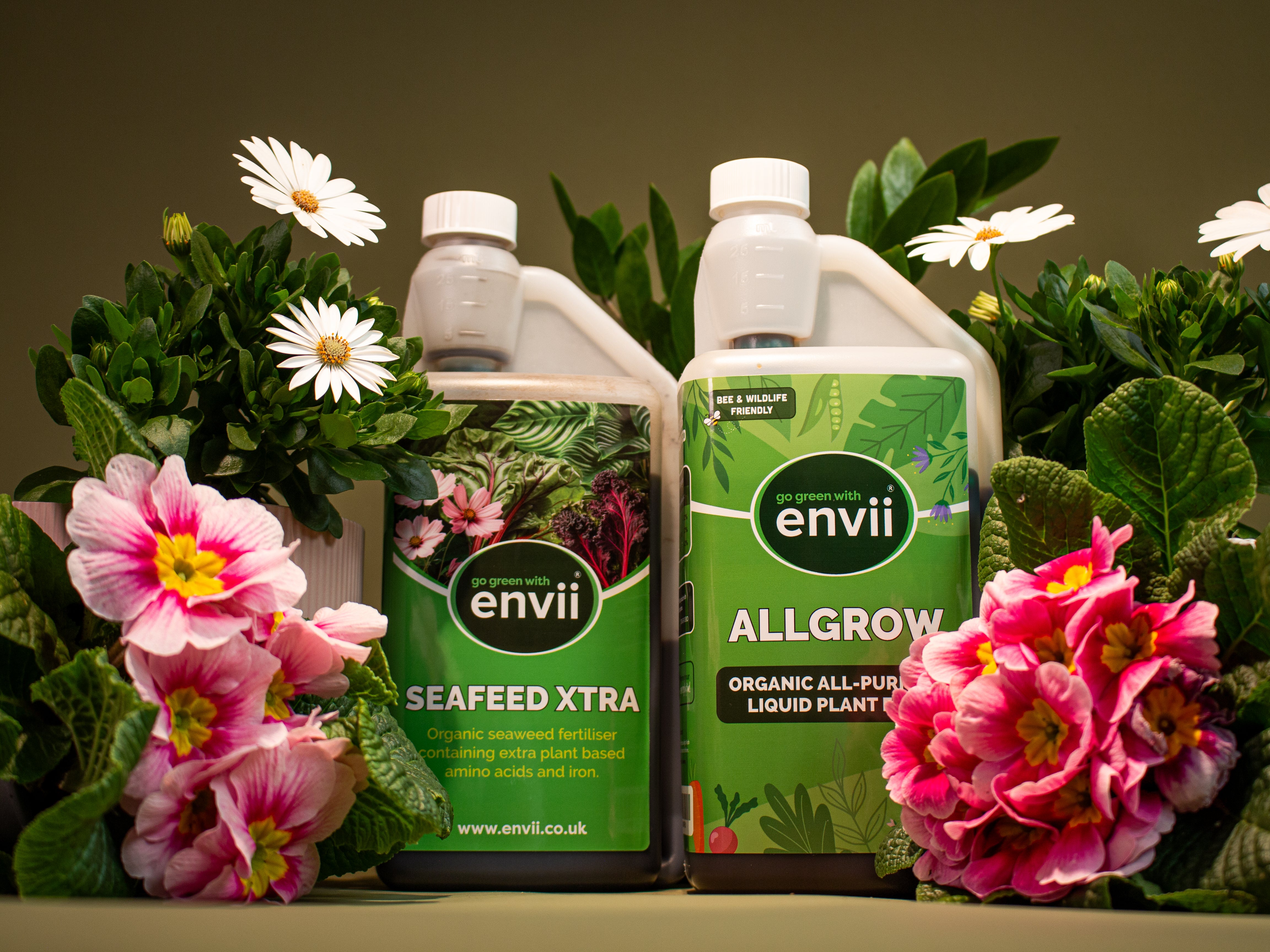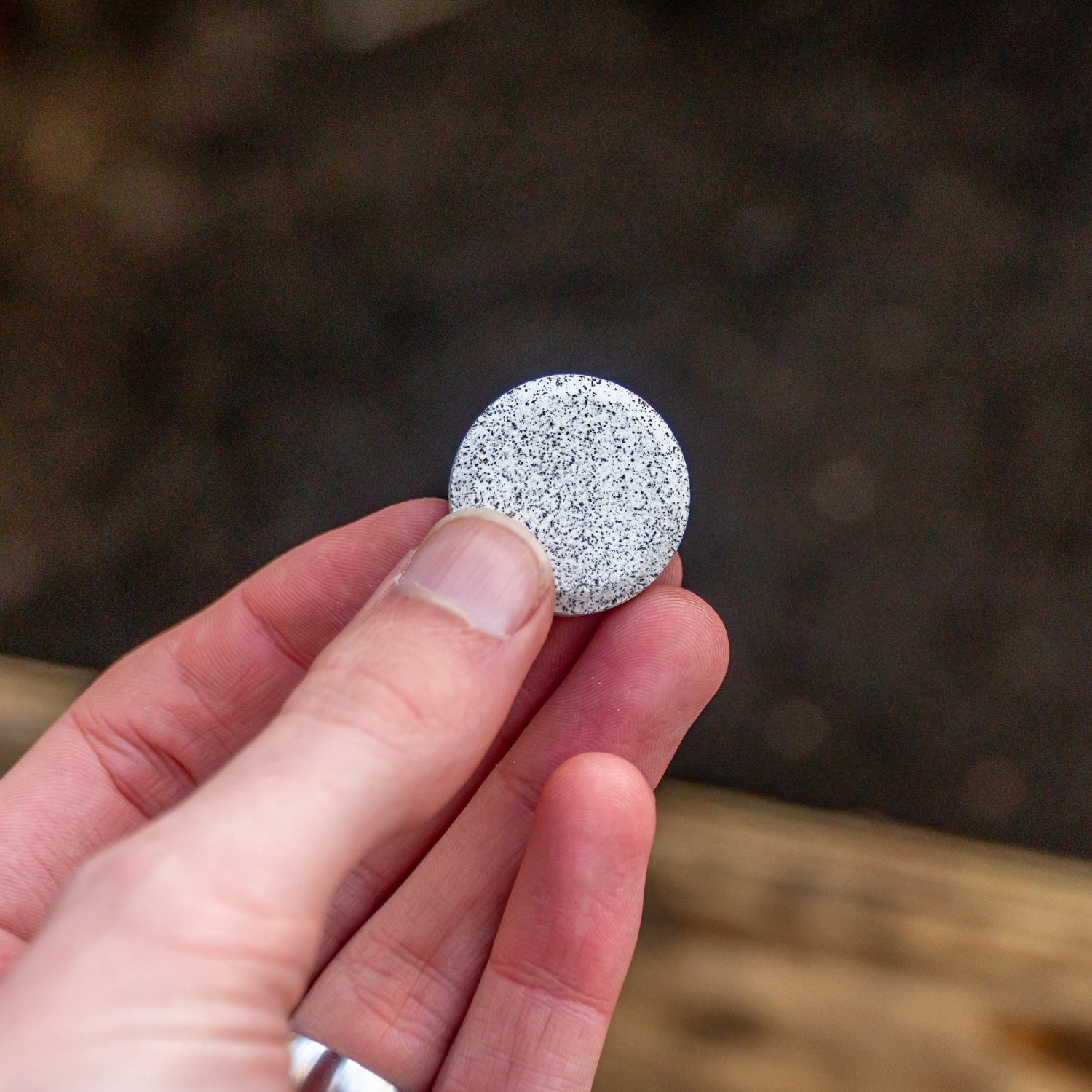Composting is one of the easiest ways to reduce waste and nourish your garden at the same time. Instead of sending kitchen scraps and garden trimmings to landfill, you can turn them into nutrient-rich soil that helps your plants grow stronger and healthier. Best of all, anyone can do it, whether you have a large garden or just a small patio space.
Benefits of Making Compost
Composting isn’t just a way to manage waste. It’s a simple, powerful act that benefits your garden and the planet. By keeping food scraps and garden waste out of landfills, you help reduce methane emissions - a greenhouse gas more potent than carbon dioxide. Compost also enriches your soil naturally, improving its texture, nutrient content, and ability to hold water, which means stronger plants and less need for frequent watering. It supports a thriving ecosystem of beneficial microbes, worms, and fungi. Over time, composting saves money by cutting down on waste collection costs and store-bought compost, all while transforming everyday organic waste into something valuable. Most importantly, it’s an easy, sustainable habit anyone can start, closing the loop between what we grow, what we use, and what we return to the earth.

Step-by-Step Guide to Making Compost
1. Choose the Right Spot
You can buy a compost bin, build one from old wooden pallets, or simply start a pile directly on the ground in your garden. The key is choosing a location that’s level, well-drained, and easy to access so you can add materials and turn your compost regularly. A partly shaded spot works best to prevent the pile from drying out in hot weather, but still allowing warmth from the sun to speed up decomposition. If you don't have the outdoor garden space, you can use a compact compost bin that sits on your worktop or inside a cupboard.
2. Start with a Base Layer
Begin your compost pile with a foundation of coarse materials such as small twigs, straw, or shredded sticks. This layer needs to be around 10–15 cm deep. It will create air pockets and help water drain properly, preventing the bottom of your compost from becoming soggy or compacted. Think of this as setting the stage for good airflow, which is essential for healthy microbial activity.
3. Add Your Materials in Layers
Once you’ve got your base, start adding alternating layers of “greens” (nitrogen-rich materials) and “browns” (carbon-rich materials). Aim for roughly 75% browns and 25% greens. Browns include dry leaves, cardboard, and paper, while greens include fruit and vegetable scraps, coffee grounds, and grass clippings. Layering these materials helps maintain the right balance of nutrients and moisture, while reducing odours. Each time you add kitchen scraps or fresh greens, cover them with a layer of browns to deter pests and keep the pile tidy.
4. Maintain Moisture
Moisture is crucial for decomposition. Your compost should feel damp but not wet. If it’s too dry, sprinkle it with a bit of water as you add materials, or add more greens. If it’s too wet or slimy, mix in more browns such as shredded paper, straw, or dry leaves to absorb excess moisture. Proper moisture keeps microorganisms active and helps break materials down evenly.
5. Turn It Regularly
Aeration is one of the secrets to great compost. Every one to two weeks, use a garden fork, shovel, or compost aerator to mix and turn the pile. This introduces oxygen, which the microorganisms need to thrive. Turning also redistributes heat and moisture, speeds up decomposition, and helps prevent unpleasant odours caused by trapped gases. If your compost pile is large, you can turn just the top and middle sections each time rather than digging all the way to the bottom every week.

6. Wait and Harvest
Now comes the waiting! Depending on the size of your pile, the balance of materials, and how often you turn it, compost can take two to six months to fully mature. You’ll know it’s ready when it becomes dark brown, crumbly, and smells pleasantly earthy. Larger bits of twigs or shells that haven’t decomposed can be sifted out and added back to your next batch.
Once finished, spread your compost on garden beds, mix it into potting soil, or use it as a mulch around trees and shrubs. It’s a simple, natural way to return valuable nutrients to your soil and close the loop in your home’s waste cycle.
Tip: If you want to speed up the process, try Compost Accelerator. A powerful blend of nutrients, task-specific bacteria, and natural organic ingredients designed to speed up the composting process and create rich, nutrient-dense compost in as little as 3 months. The specially selected nutrients stimulate bacterial growth while also raising the temperature at the core of your compost pile, helping to break down garden materials more efficiently and sterilise the mixture.

What to Compost (and What to Avoid)
Not everything belongs in your compost bin. For a comprehensive list of what to add and not to add, check out this blog on common compost materials, or if you want a quick guide, we listed the most common examples below:
Good to compost:
Fruit and vegetable scraps
Coffee grounds and filters
Tea bags (without synthetic mesh)
Grass clippings and leaves
Shredded paper or cardboard
Eggshells
Avoid composting:
Meat, fish, or dairy products
Oils, fats, or greasy foods
Diseased plants or invasive weeds
Pet waste (especially from cats or dogs)
Glossy paper or plastic-coated materials

Common Composting Problems (and How to Fix Them)
Even seasoned composters run into issues sometimes. Here’s how to troubleshoot:
Compost smells bad.
Fix: It’s likely too wet or has too many “greens.” Add dry “browns” like leaves or paper, and turn the pile for aeration.
Compost isn’t heating up.
Fix: Add more “greens” (like food scraps) or turn more frequently to boost oxygen and microbial activity.
Pests are visiting the pile.
Fix: Avoid adding food scraps that attract animals, or cover them with a thick layer of browns. You can also use a sealed compost bin.
Turning Waste Into Wealth
Composting is more than just a gardening practice — it’s a way to give back to the planet. By transforming everyday waste into something valuable, you close the loop in nature’s cycle and create a healthier environment right at home.
Start small, stay consistent, and soon you’ll be amazed at how simple it is to turn your kitchen scraps into garden gold.





